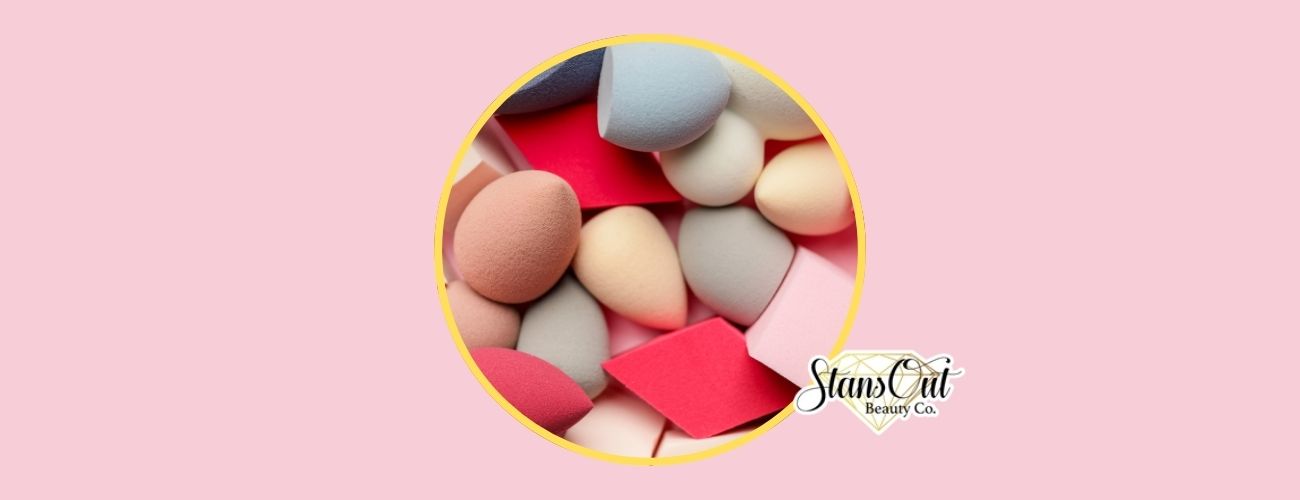
A makeup sponge is an essential cosmetic tool used during makeup applications. Makeup sponges are generally made with latex-free foam, microfiber, silicone, or cellulose. The high-quality material makes them soft, porous, and highly absorbent, making them ideal for blending and applying makeup evenly. Sponges have become an essential and a favorite tool for every beauty lover. Whether you are a beginner, professional makeup artist, or someone who wants to change the beauty game to feel confident and comfortable, sponges can help you out. From blending foundation seamlessly to contouring and highlighting, makeup sponges help to offer a flawless finish.
Makeup Beauty Blender helps you apply liquid, cream, and power products during your makeup or skincare routine. This makes the cosmetic sponge versatile and a first must-choice for every beauty lover. However, many makeup lovers get confused about how long to use a makeup sponge before replacing it. In this beauty guide, "How Often Should You Replace Makeup Sponges", I am going to reveal the factors that affect a makeup sponge's lifespan and provide practical tips for prolonging its usability. Along with that, I will offer insights into when it's time to bid farewell to your trusted beauty partner.
Life Span Of Makeup Sponges
The lifespan of a makeup sponge can vary depending on various factors. Factors like the quality of the material it's made of, how it is used, how frequently it is used, and how well it is maintained and cleaned decide its longevity. However, with proper care, maintenance, and handling, high-quality beauty sponges can last an average of 3 to 6 months.
Do Makeup Sponges Expire?
Yes, makeup sponges do expire and have a limited lifespan. Here's a simple explanation:
Using a makeup sponge became a popular choice for the beauty lover because makeup sponges are porous and absorbent, which means they can soak up and hold on to makeup residue, oils, dirt, and bacteria over time.
Even with regular cleaning, it's impossible to remove all the buildup completely. This buildup can lead to:
Bacterial growth: The trapped makeup, oils, and moisture create an ideal environment for bacteria to thrive, which can cause skin irritation or breakouts.
Staining and odor: Over time, the sponge can become discolored and develop an unpleasant odor due to the trapped residue.
Loss of effectiveness: As the sponge accumulates more buildup, it loses its ability to blend and apply makeup smoothly, leading to a cakey or uneven finish.
How often you should replace your makeup sponges:
Generally, makeup sponges should be replaced every 3-6 months.
Specifically:
- For regular or daily use: Replace every 3 months
- For frequent (several times a week) use: Replace every 4-5 months
- For occasional (once a week or less) use: Replace every 5-6 months
However, you may need to replace them sooner if:
- They develop an odor.
- They become stained or discolored.
- They tear or lose their shape.
- They feel hardened or dried out.
However, proper cleaning after each use and deep cleaning weekly can help extend the life of your sponges. However, getting a fresh new sponge for hygienic and effective makeup application is best once they start breaking down or showing significant wear.
Replacing sponges regularly helps prevent bacteria buildup and ensures smooth, even makeup blending without transferring old products or residues to your skin. Remember, clean sponges equal smooth and flawless makeup application. With the above information I am sure that I have made a clear concept about how often should you replace makeup sponges.
How Long Can You Expect a Makeup Sponge to Last?
On average, a good quality makeup sponge can last anywhere from 3 to 6 months with proper care and maintenance. However, the exact lifespan can vary depending on several factors:
Usage frequency: Sponges used daily or very often will need to be replaced more frequently, around every 3 months or so.
Cleaning routine: Sponges that are thoroughly cleaned after each use and deep cleaned weekly can last closer to 6 months.
Material quality: Higher-end sponges made from premium materials like microfiber or durable foam are likely to last longer than cheaper options.
Signs of wear: If a sponge starts to tear, stain heavily, hold an odor, or lose its shape, it's time to replace it, even if it hasn't been 6 months yet.
Factors Affecting the Durability of a Makeup Sponge
The durability of a makeup sponge can be influenced by several factors, which determine its lifespan and effectiveness. Here are some key factors that affect the longevity of a makeup sponge:
Material composition: The materials used in the construction of the sponge play an important role in its durability. Sponges made from high-quality materials like latex foam or microfiber are likely to be more durable compared to those made from lower-quality materials.
Usage frequency: The more often a makeup sponge is used, the quicker it will collect makeup residue, oils, and bacteria. These impurities can compromise its performance and lifespan. Beauty sponges that are used daily or multiple times a week will require more frequent replacement compared to those used occasionally.
Cleaning and maintenance: Proper cleaning and maintenance are important for extending the life of a makeup sponge. Failure to thoroughly clean the sponge after each use can lead to the buildup of makeup, oils, and bacteria. Improper cleaning and maintenance can degrade the material over time.
Water exposure: Excessive exposure to water, especially hot water, can cause some sponge materials to break down or lose their shape more quickly. It's important to follow the recommended cleaning instructions and avoid soaking the sponge in hot water for longer periods.
Handling: Rough handling, such as squeezing or twisting the sponge too forcefully, can cause the material to fall apart or tear more rapidly. Gentle handling and proper storage can help maintain the sponge's unity.
Environmental factors: Environmental factors also affect the sponge's life span. Exposure to extreme temperatures, humidity, or direct sunlight can also impact the durability of a makeup sponge. These factors can cause the material to dry out, or degrade more quickly.
Hygiene and storage: Improper storage, such as leaving the sponge damp or in a closed container, can promote the growth of mold and bacteria, which can shorten its lifespan and pose potential health risks.
By considering these factors and taking appropriate measures. Using high-quality sponges, following proper cleaning and storage practices, and replacing sponges regularly, you can maximize the durability and longevity of your makeup sponges.
Regular Cleaning and Maintenance of Sponge for longevity?
Regular cleaning and proper maintenance are important for extending the longevity and effectiveness of makeup sponges. Here are some key steps to follow:
After each use:
- Rinse the sponge thoroughly under lukewarm water to remove any excess makeup residue.
- Gently squeeze the sponge while rinsing to help remove any trapped product.
Weekly deep cleaning:
- Use a mild soap or a dedicated sponge cleanser to clean the sponge thoroughly.
- Wet the sponge and work the soap or cleanser into it.
- Squeeze and massage the sponge to ensure the cleaner penetrates deep into the pores.
- Rinse the sponge thoroughly until the water runs clear.
Drying:
- After cleaning, gently squeeze out excess water from the sponge.
- Allow the sponge to air dry completely before storing or using it again.
- Avoid using heat sources (like a hairdryer) as it can damage the sponge material.
Storage:
- Store the sponge in a clean, dry, and well-ventilated area.
- Avoid storing it in airtight containers or damp environments, which can promote mold and bacteria growth.
Replacement:
- Even with proper cleaning, sponges should be replaced every 3-6 months, depending on usage frequency.
- Watch for signs of wear and tear, such as discoloration, odor, or loss of shape, and replace the sponge if these occur before the recommended time frame.
By following these regular cleaning and maintenance steps, you can help extend the lifespan of your makeup sponges, ensure better hygiene, and maintain their ability to apply and blend makeup smoothly and evenly.
[Recommended To Read: How to Apply Foundation With a Sponge?]
Why Is My Beauty Blender Deformed
There are a few reasons why your makeup sponge can become deformed. Some of them are:
Excessive squeezing or twisting: If you squeeze or twist the sponge too forcefully, especially when it's damp or wet, it can cause the material to lose its shape and become misshapen or deformed.
Improper drying: Allowing your makeup sponge to air dry completely after use is important. If you store it away while still damp, it can dry in a deformed shape. Additionally, using heat sources like a hair dryer can cause the material to warp or deform.
Age and wear over time: With regular use and washing, the material of the beauty sponge can start to break down and lose its original shape. You can observe it if you've had the same sponge for several months and it's nearing the end of its lifespan.
Material quality: Some lower-quality makeup sponges may be more move to deformation, especially if they're made with cheaper or less durable materials that can't hold their shape well over time.
To help prevent deformation, be gentle when squeezing and handling your beauty blender, always allow it to air dry completely before storing, and replace it every 3-6 months depending on usage. Additionally, investing in a high-quality sponge made from premium materials can help it maintain its shape for longer.
[Recommended to Read: Different Beauty Blender Shapes And Uses]
Tips For Application Techniques to Minimize Wear And Tear
Here are some brief tips to minimize wear and tear on your makeup sponge:
- Dampen before use to make it more flexible.
- Use light bouncing motions and avoid aggressive rubbing.
- Rotate the sponge to distribute wear evenly.
- Use the right side for different areas (rounded edges vs pointed tip).
- Don't tug or pull at the skin.
- Clean thoroughly after each use.
- Replace every 3-6 months or when it starts degrading.
Final Thoughts on How Often Should You Replace Makeup Sponges
Figuring out how often should you replace makeup sponges is important in makeup application for achieving a seamless, hygienic, and long-lasting makeup look. Using a makeup sponge for an extended period can compromise its performance and even pose risks to your skin. The lifespan of a makeup sponge depends on various factors such as frequency of use, proper cleaning and maintenance, and the quality of the sponge itself. While most makeup sponges are designed to last several months, it's essential to replace them periodically for optimal hygiene and performance.
Regularly inspecting your sponge for signs of wear, discoloration, or odor can help you determine when it's time for a sponge replacement. By following the tips and techniques mentioned above, you can extend the durability of your makeup sponge and maintain a flawless application. Remember, using a clean and well-maintained sponge is crucial for achieving a seamless, hygienic, and long-lasting makeup look, ensuring your sponge doesn't expire before its expected lifespan.
Like this article? Share it with your friends by clicking the icons below!
FAQS on Replacing Makeup Sponges
Can you use a makeup sponge for multiple products?
Yes, you can use a makeup sponge for multiple products. However, it's important to clean the sponge thoroughly between uses to prevent cross-contamination and ensure the best application of each product.
How often should you replace a disposable makeup sponge?
Disposable makeup sponges should ideally be replaced every 1-3 months, depending on how frequently you use them and how well you maintain them. If you notice signs of wear and tear, such as crumbling or a deteriorating texture, it's time to replace the sponge.
Are there alternatives to traditional makeup sponges?
Yes, there are alternatives to traditional makeup sponges. Some popular alternatives include makeup brushes, silicone makeup applicators, and even using your fingers. Each alternative has its benefits and drawbacks, so it's a matter of personal preference and the desired makeup application technique.
Can you revive an old makeup sponge?
While it's challenging to completely revive an old makeup sponge, there are a few things you can try to extend its lifespan. Firstly, give it a thorough cleaning with soap and warm water to remove any built-up product. You can also try soaking it in a mixture of water and a gentle cleanser or micellar water to remove stubborn residue.



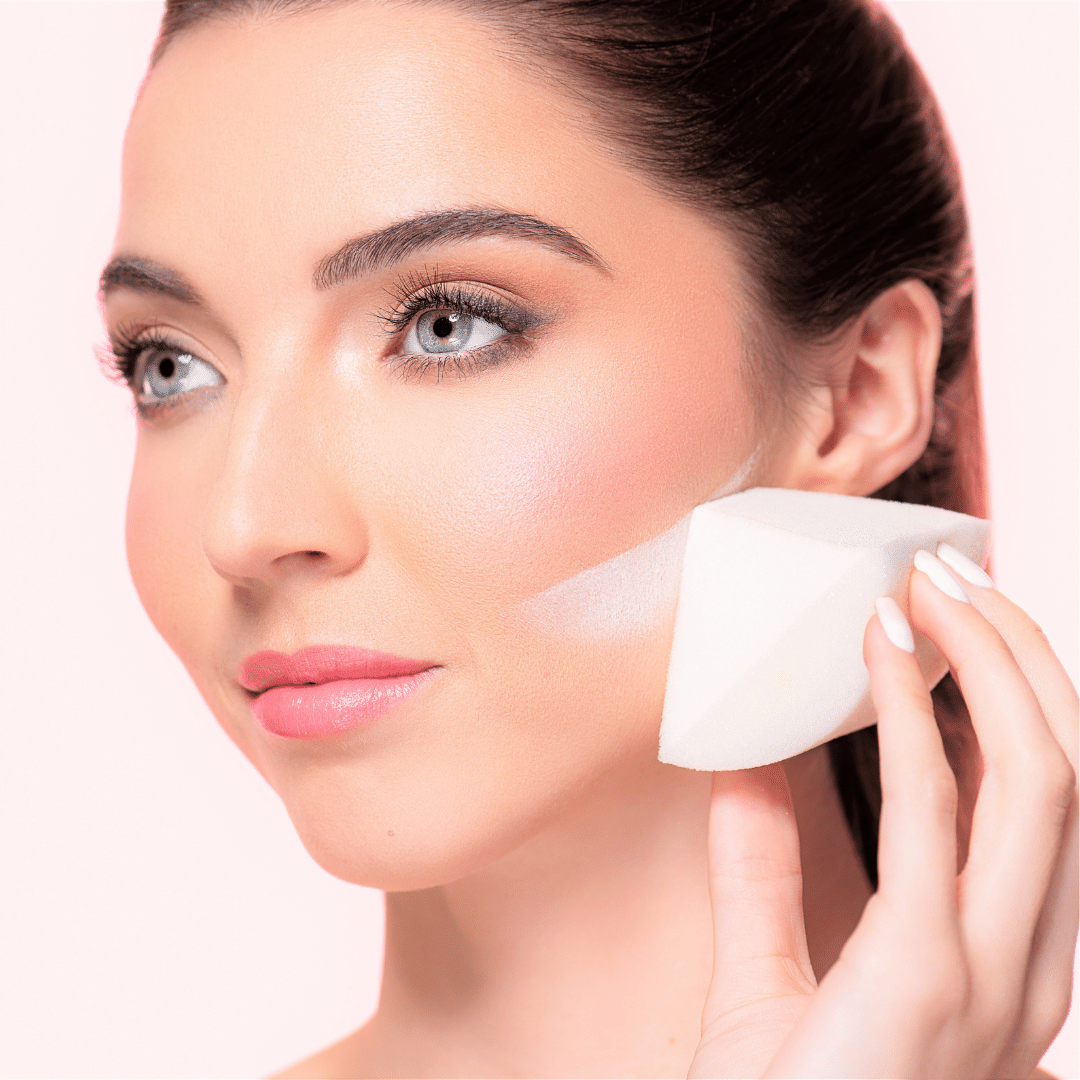
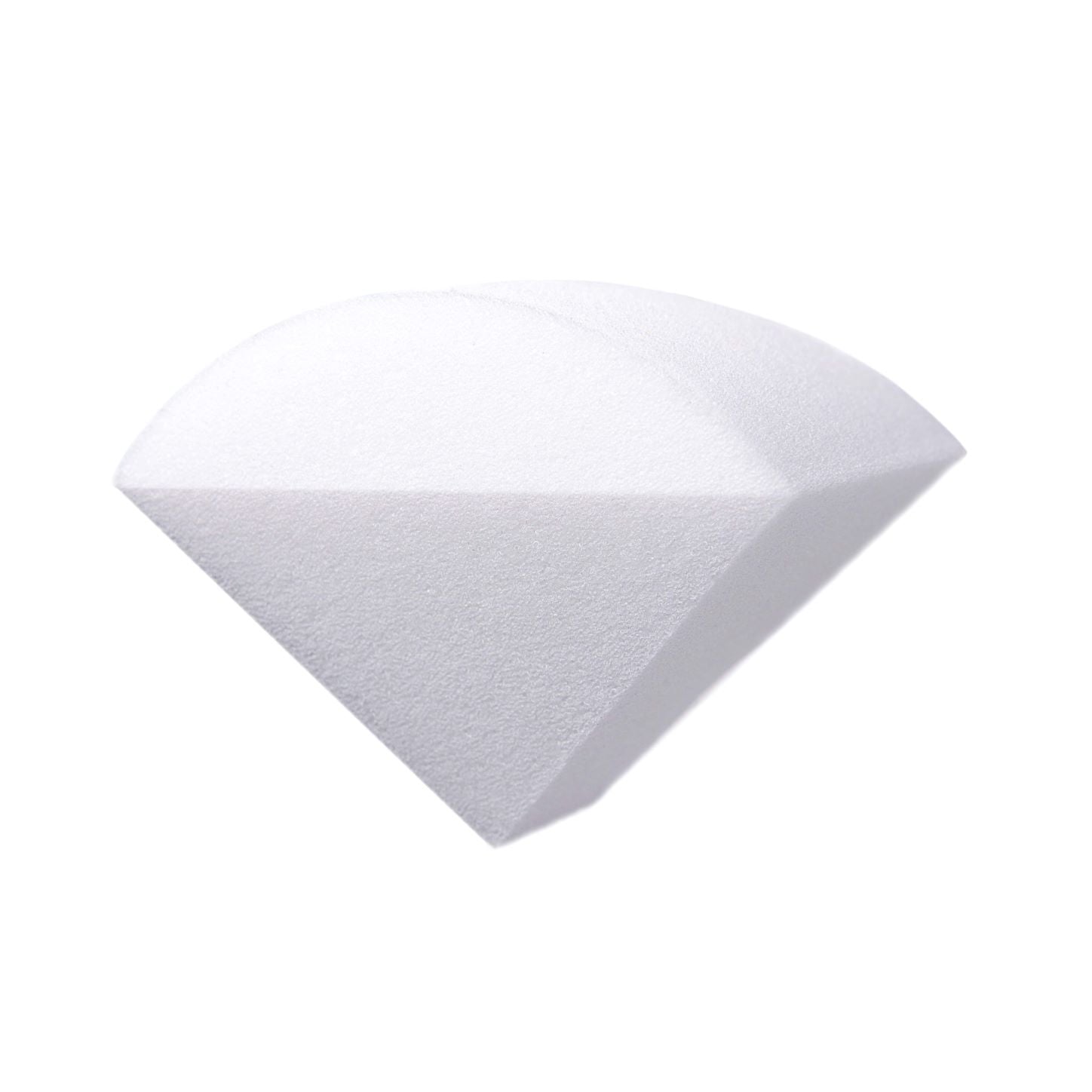
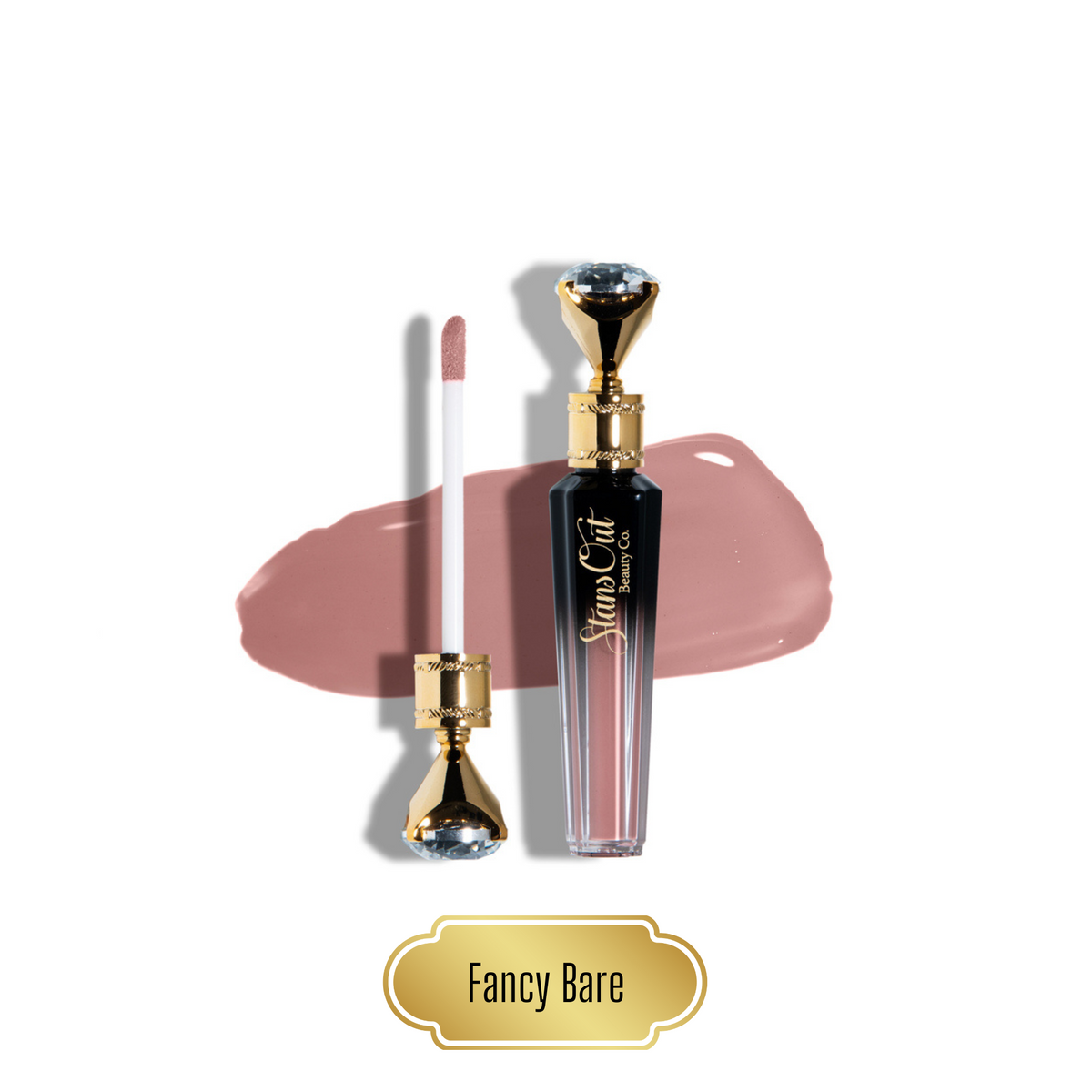
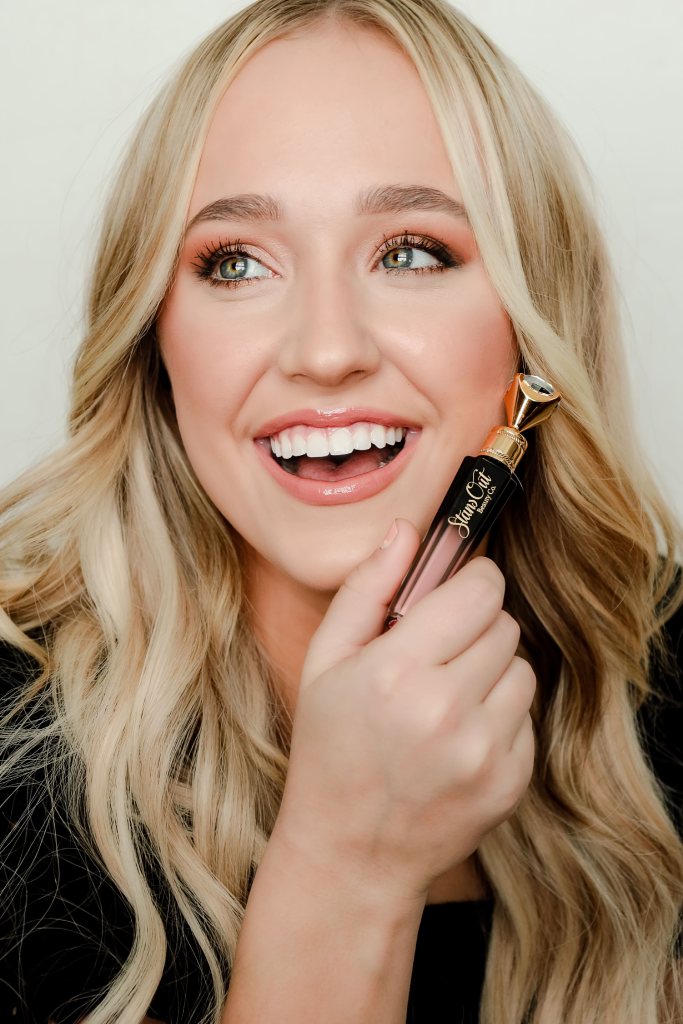
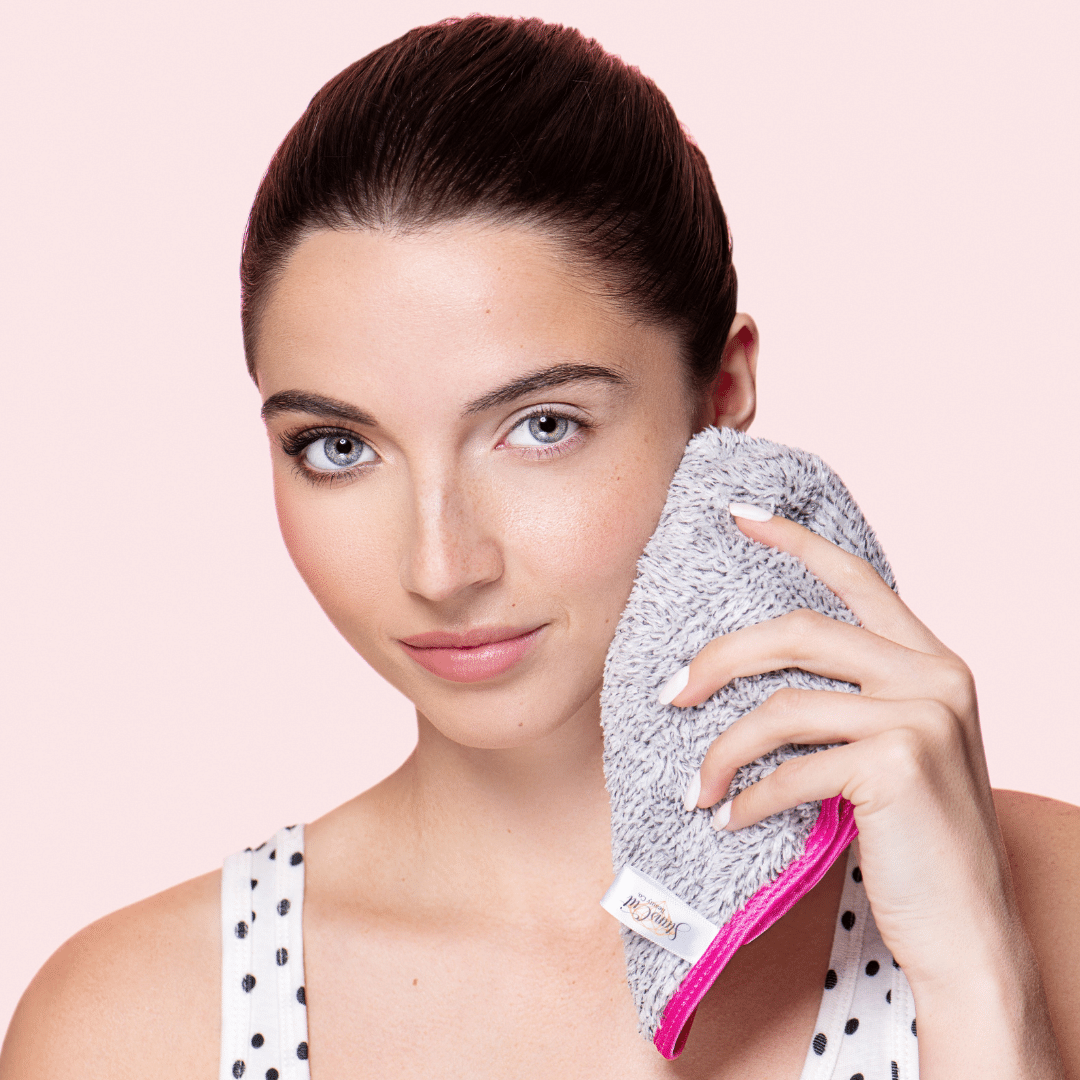
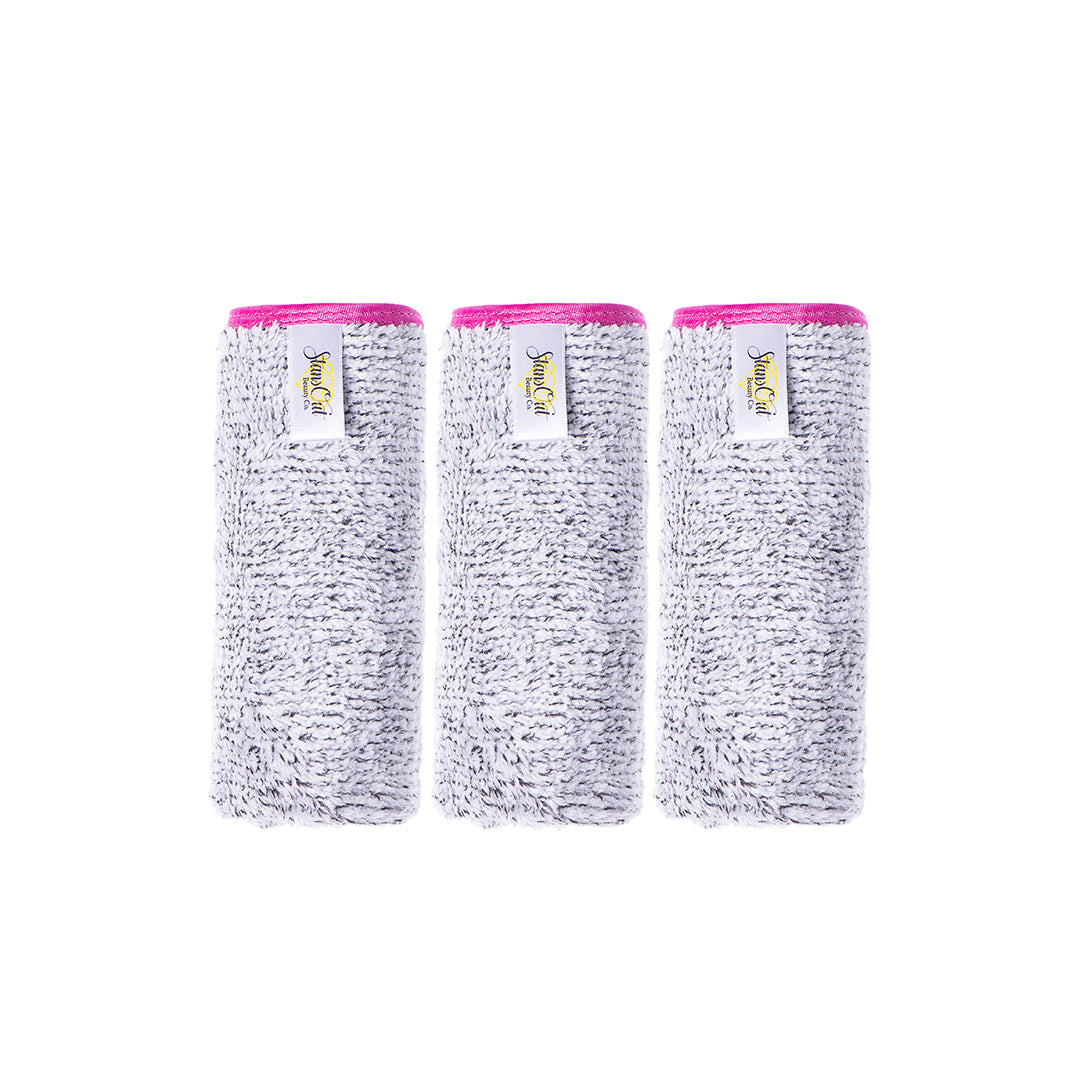
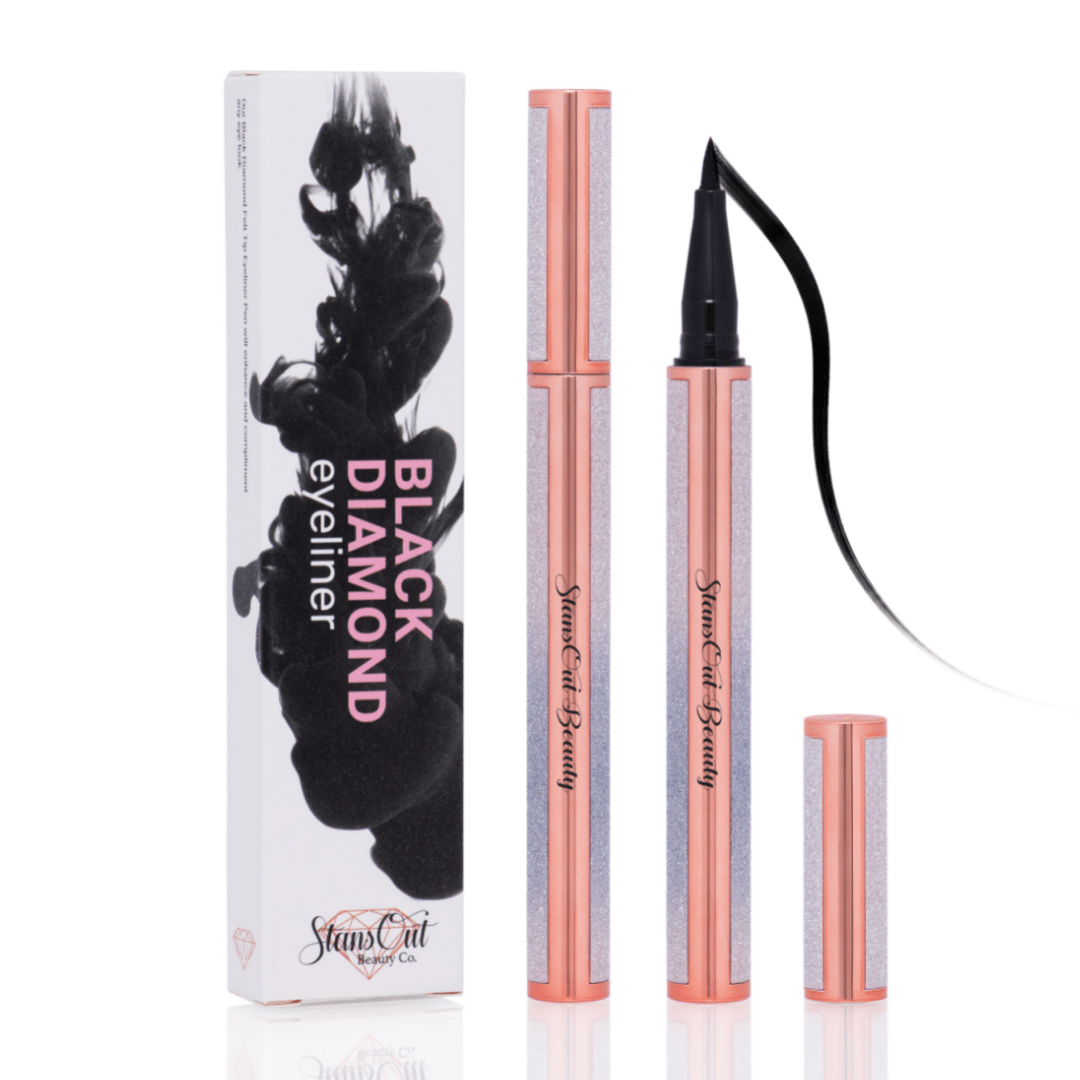
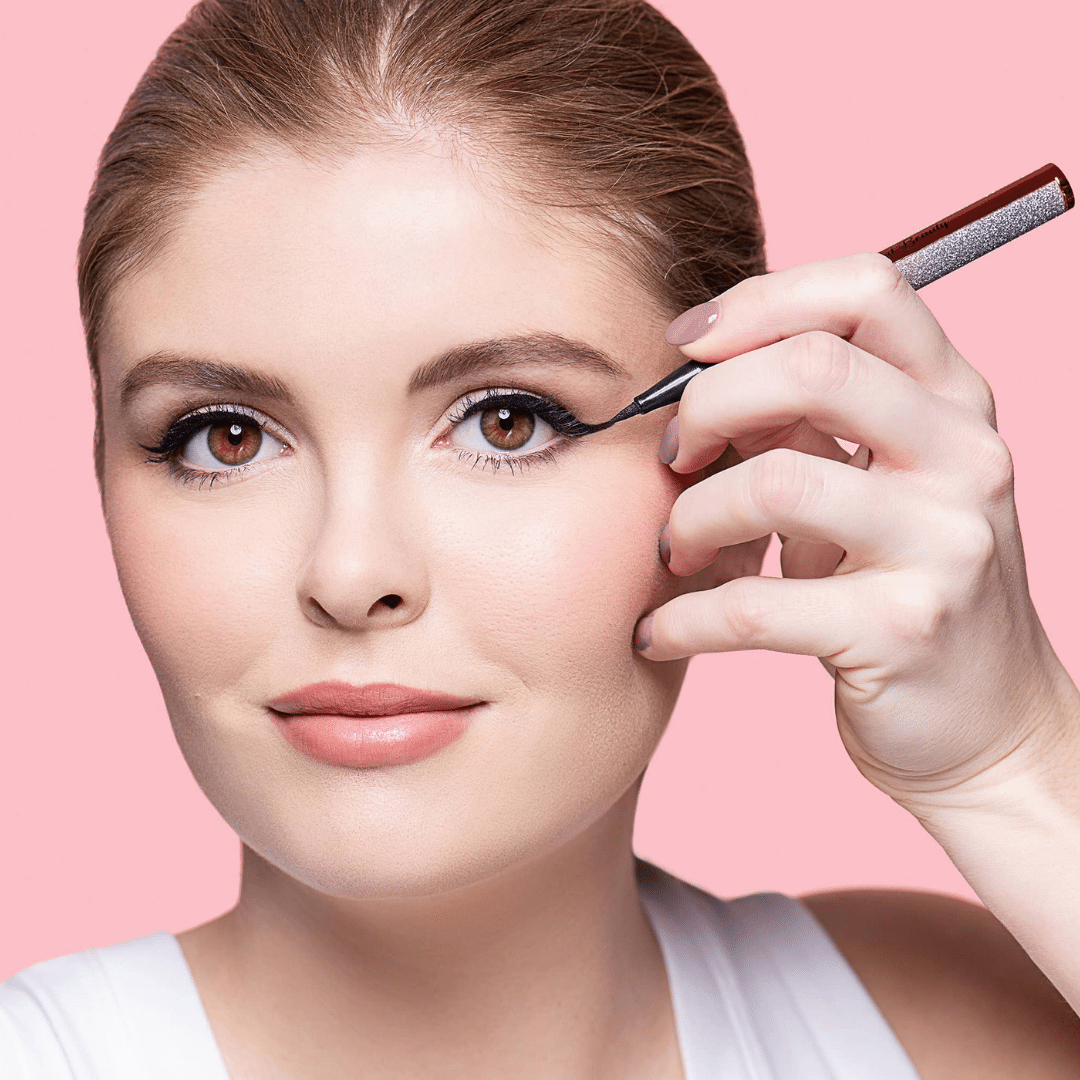
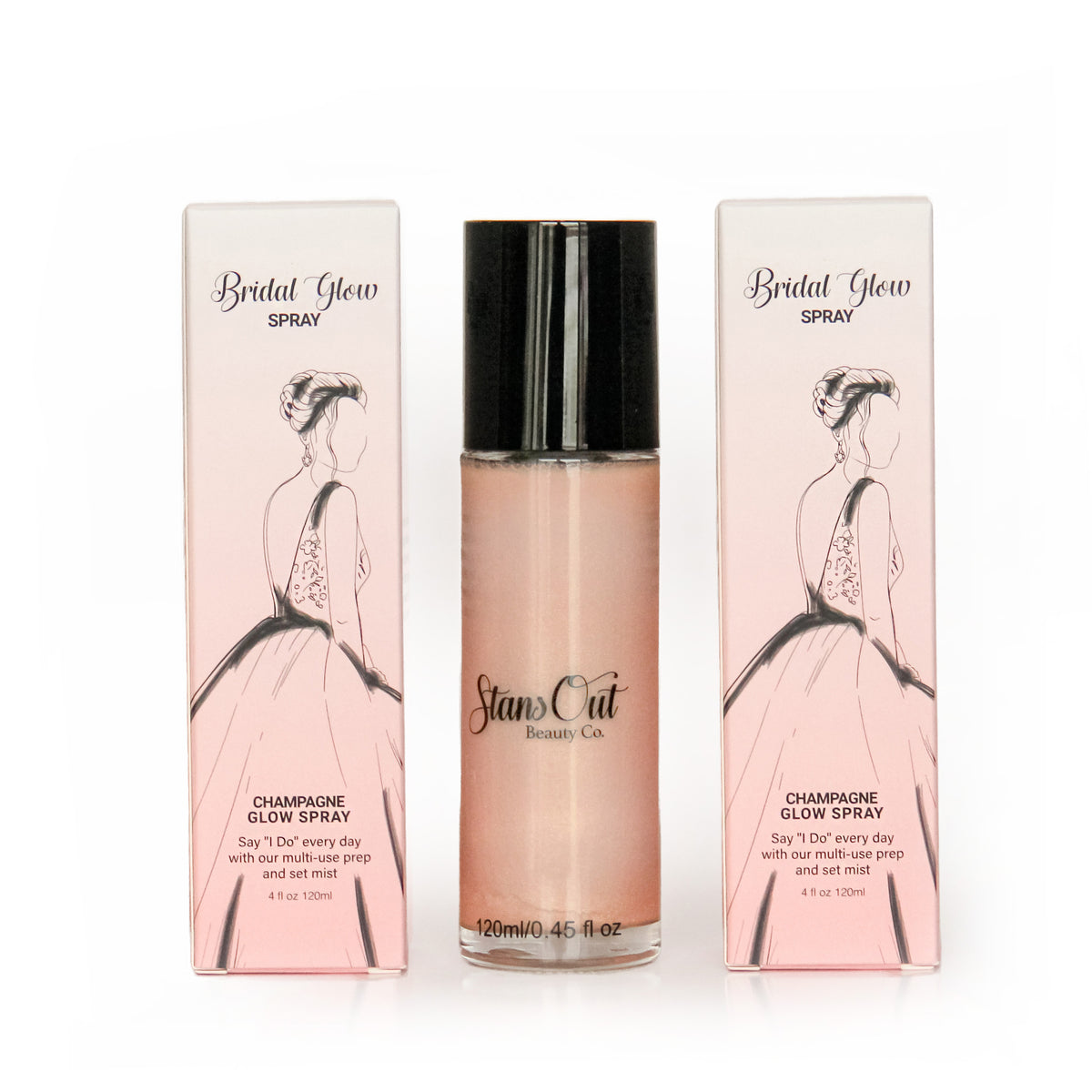
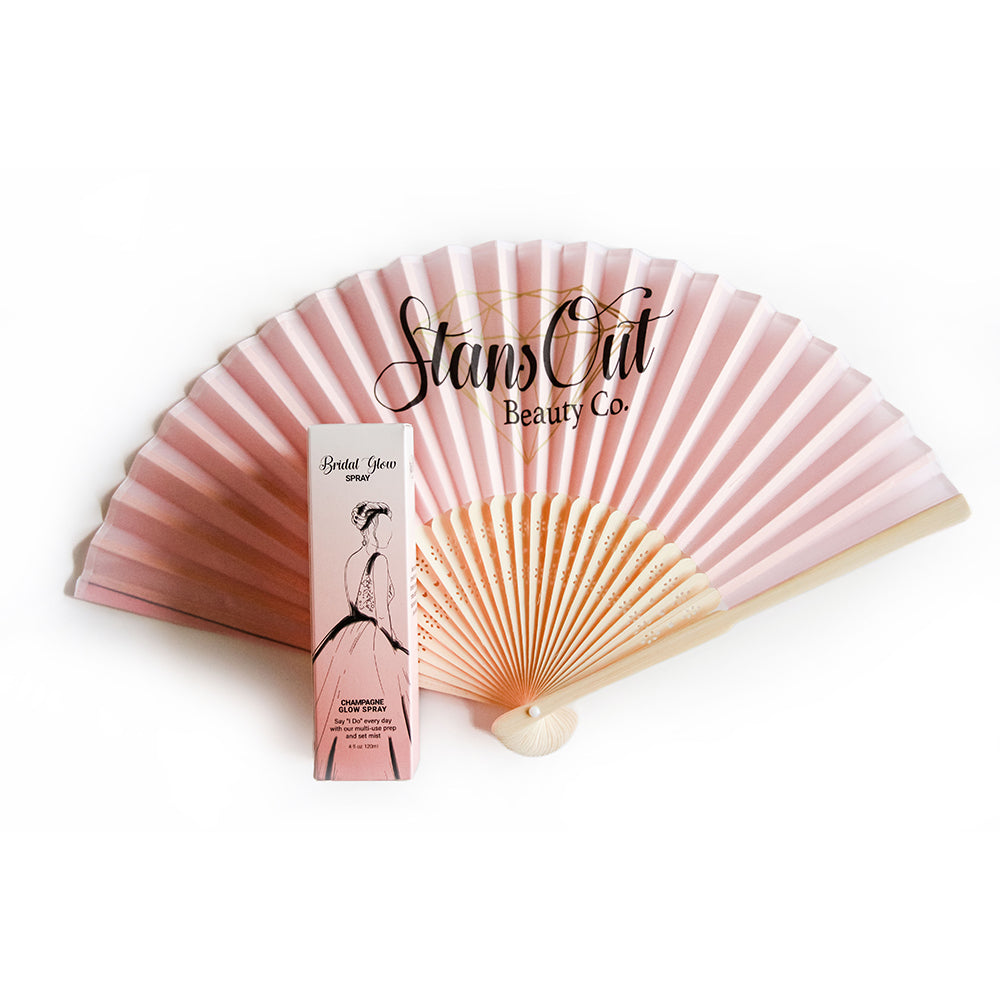
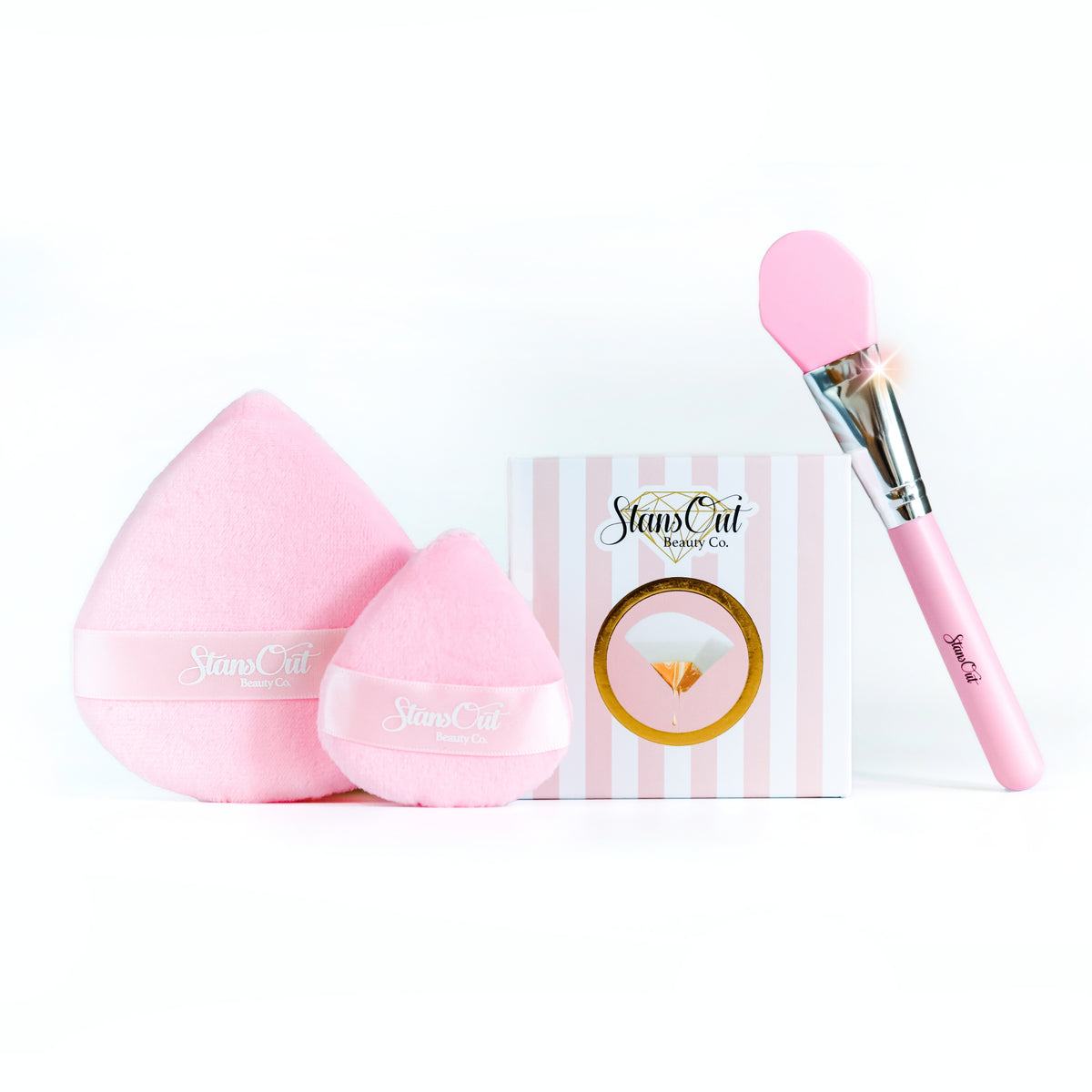
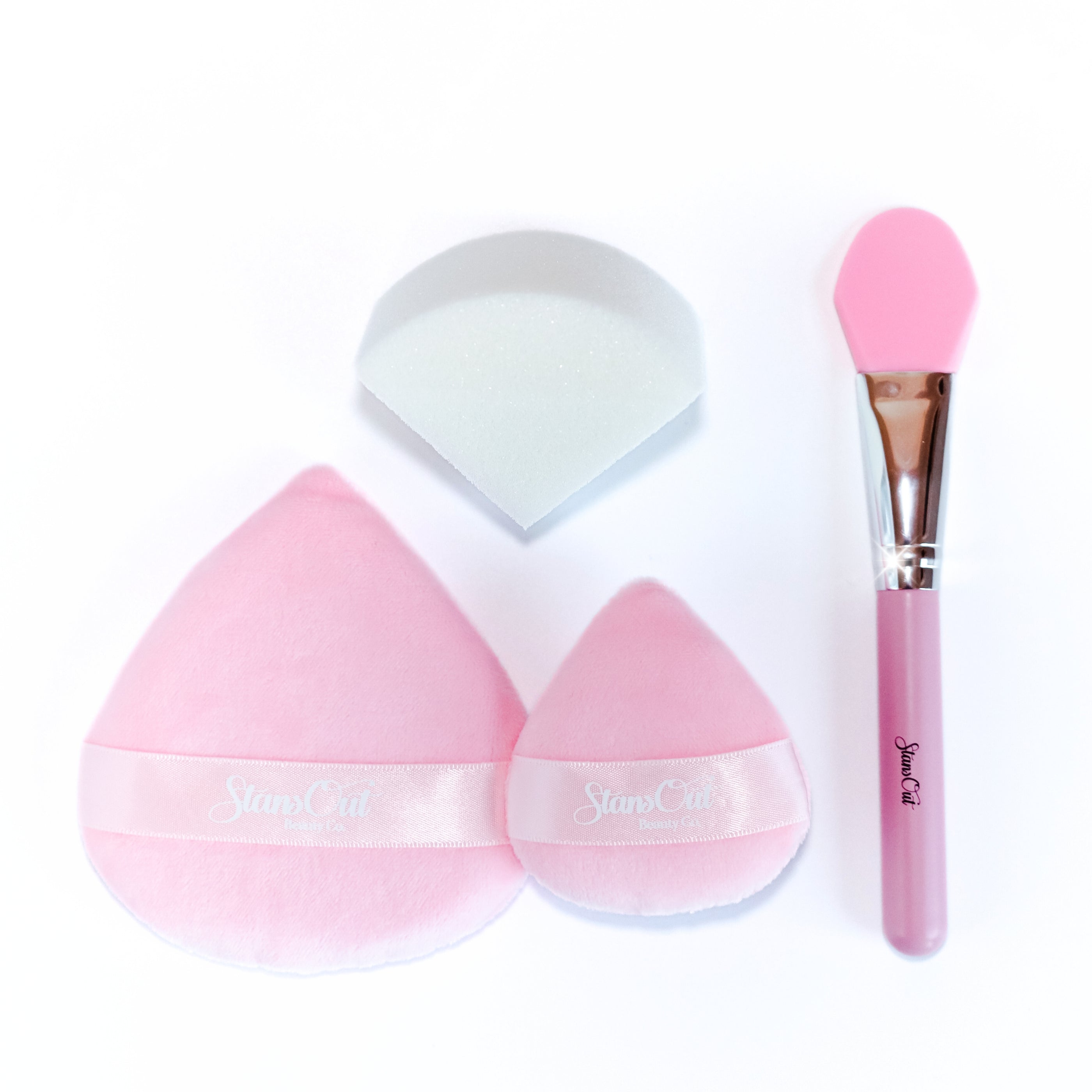
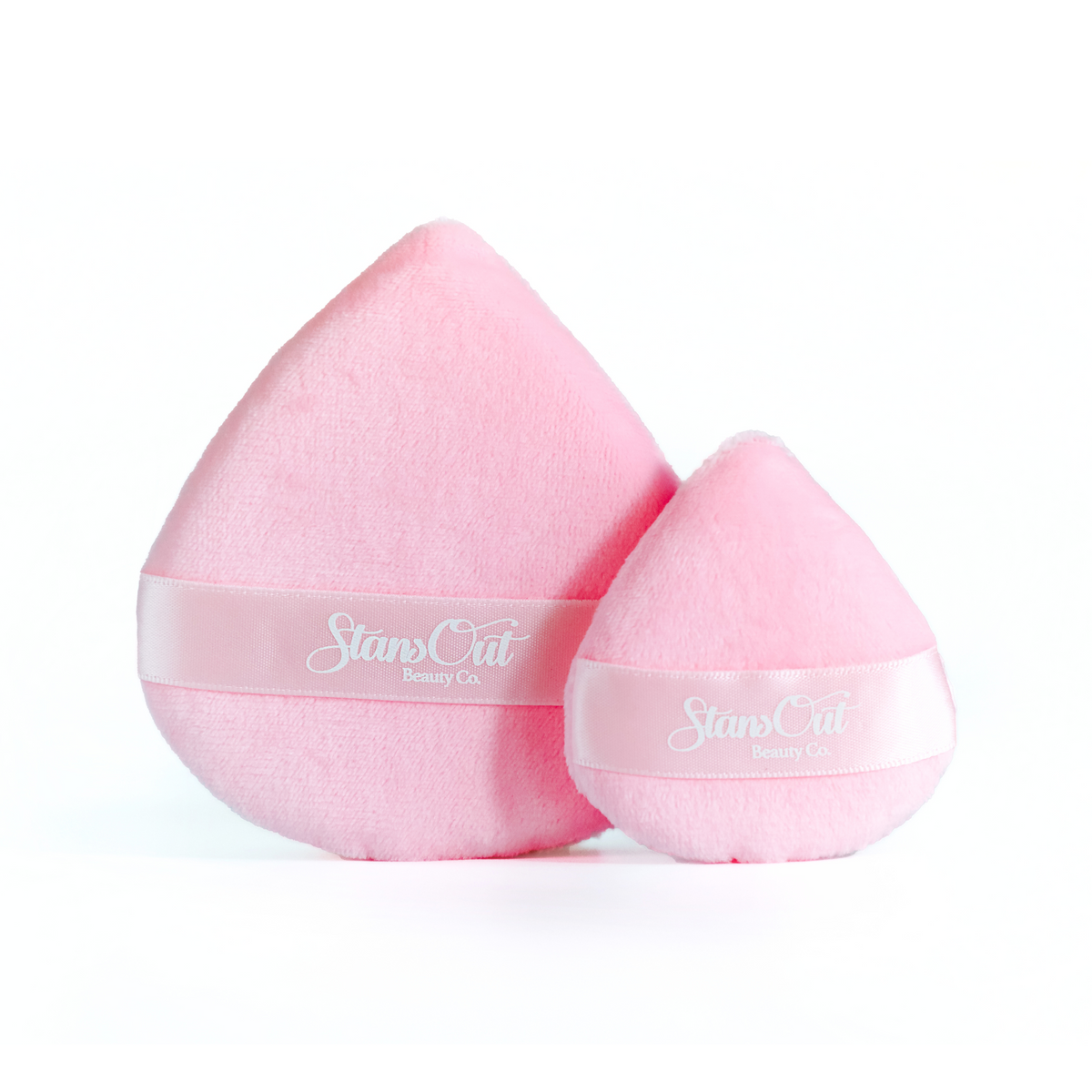
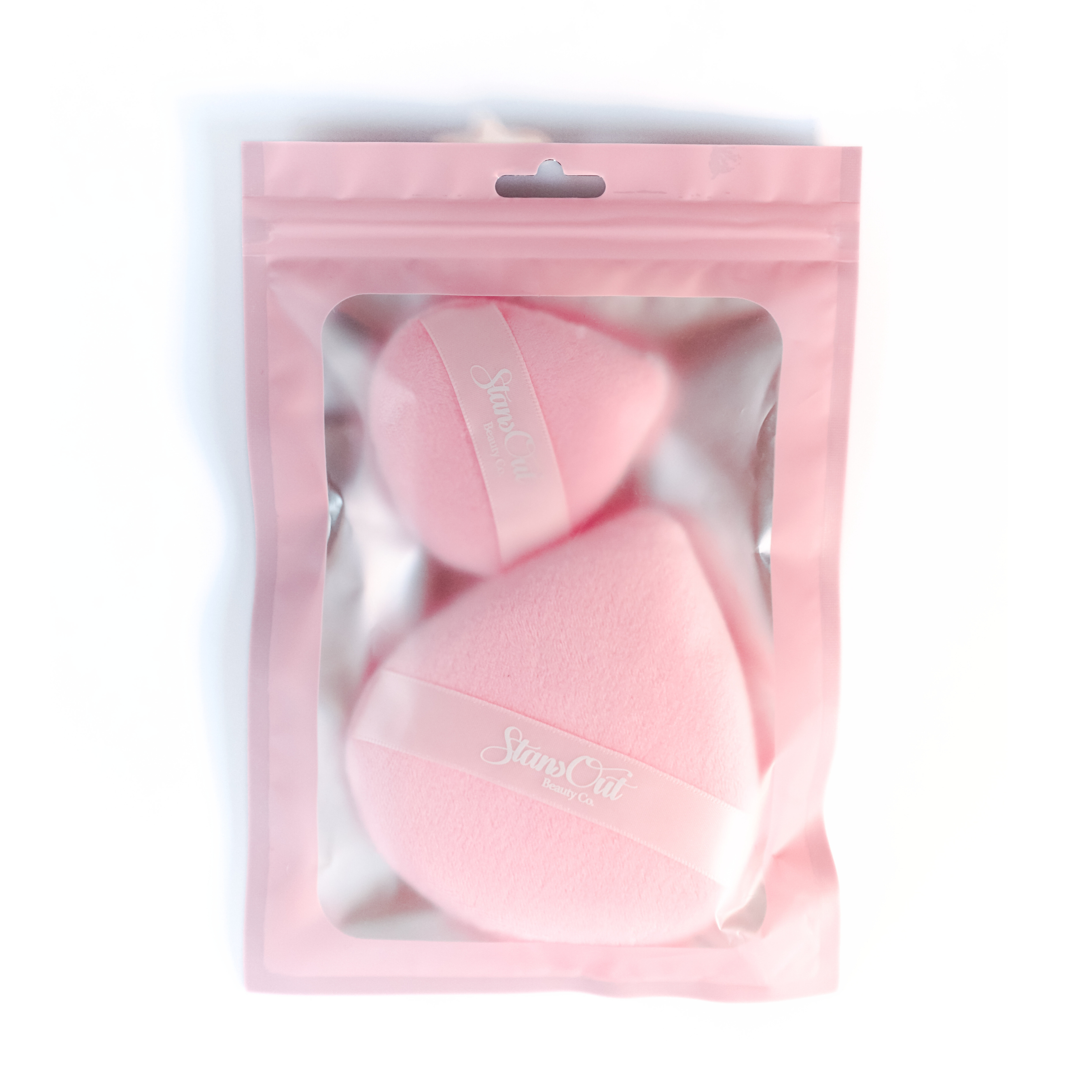
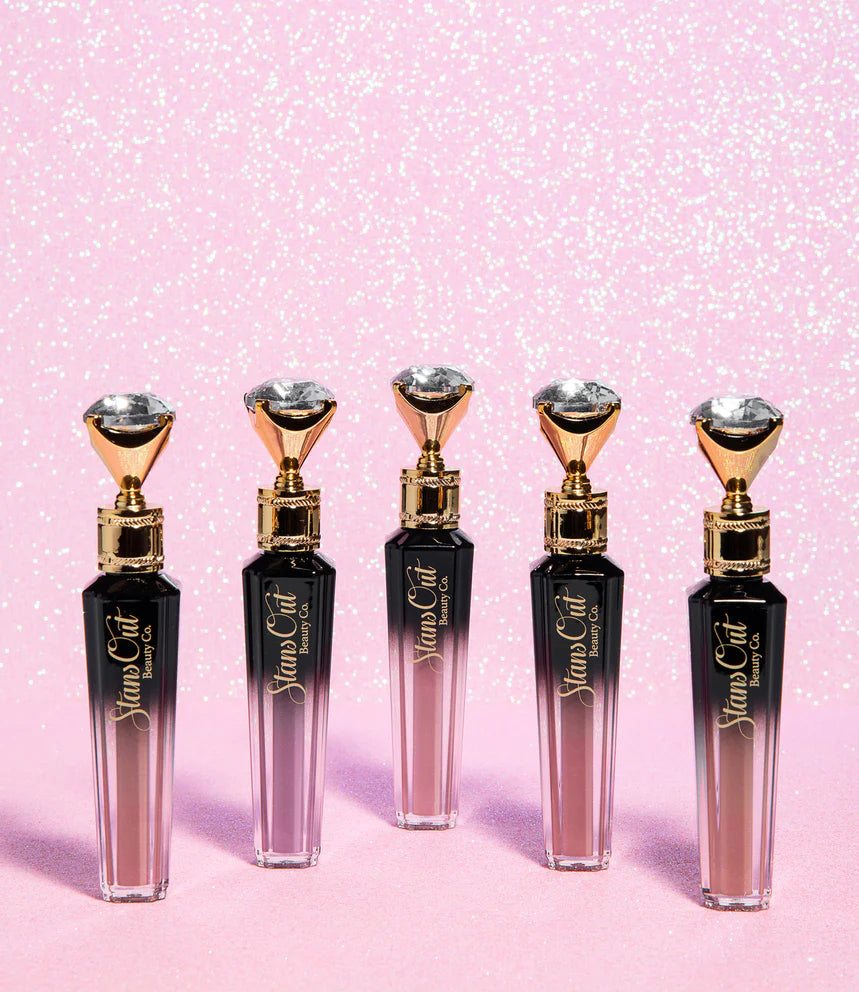
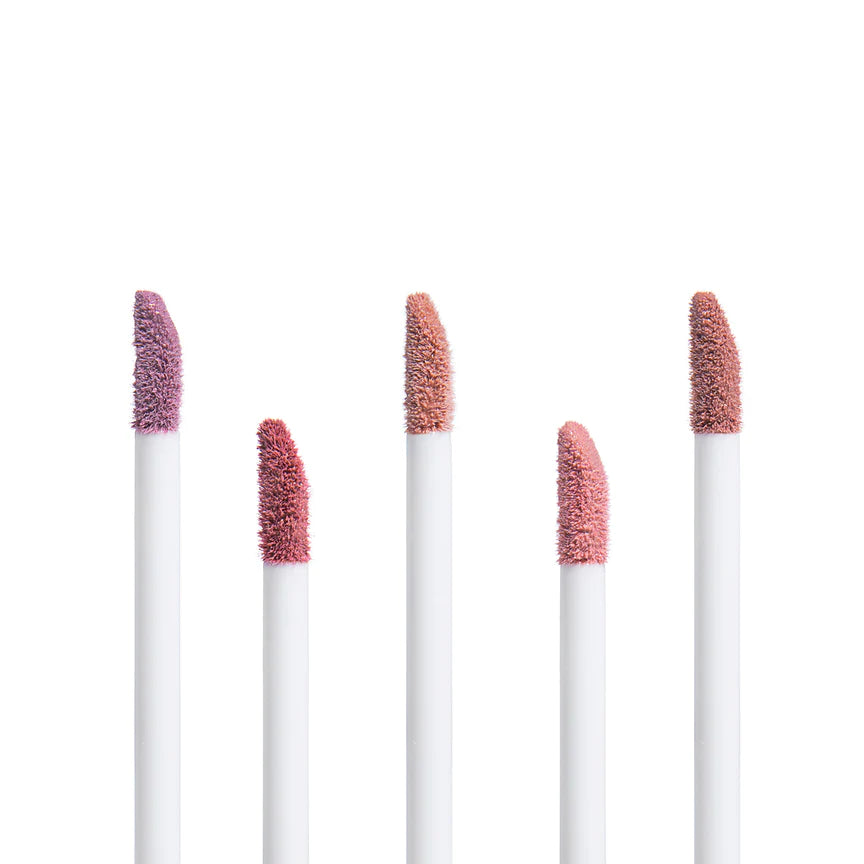
Leave a comment
Related Posts
Can You Wear Makeup While You Exercise?
By Jami Stansfield April 24, 2024
Continue reading
What is Exfoliation? Insight on Easy ways To Exfoliate Skin
By Jami Stansfield April 16, 2024
Continue reading
How to Get Rid Of Under Eye Bags
By Jami Stansfield April 12, 2024
Continue reading